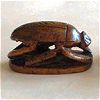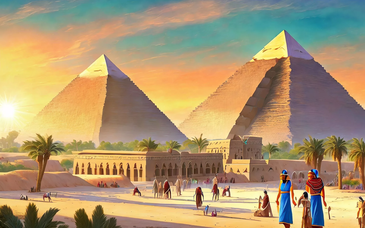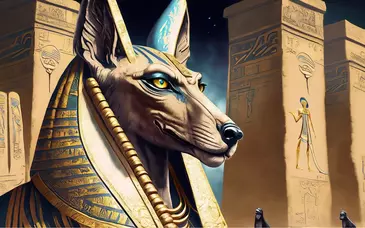Scarab Beetles in Ancient Egypt
By far the most important amulet in ancient Egypt was the scarab, symbolically as sacred to the Egyptians as the cross is to Christians.

Scarab dung beetles lay eggs in a pellet which they roll along and the Egyptians regarded this action as an image of the sun and its course through the heavens, rolled by a gigantic beetle. Scarabs are associated with the Egyptian god, Khepri. It was Khepri that pushed the sun across the sky. The scarab beetle became an ancient Egyptian symbol for rebirth, the ability to be reborn. Each day the sun disappeared, always to rise again and be reborn the following day.

The god Khepri, which literally means "He who is Coming into Being", was a creator god and a solar deity. He was represented as a scarab or dung beetle, or as a man with a beetle head. The scarab beetle was observed to roll it's eggs in a ball of dung along the ground, and the ball was identified with the sun. The baby beetles were seen to emerge from the primeval mound and so dung beetles were thought capable of spontaneous creation.
Scarabs were worn as jewellery and amulets in ancient Egypt. The Heart Scarab, which had hieroglyphic inscriptions on the back, was often buried with the dead to ensure the rebirth of the deceased in the afterlife. They were placed over the heart of the deceased to keep it from confessing sins during its interrogation in the "Weighing of the Heart" ceremony.



